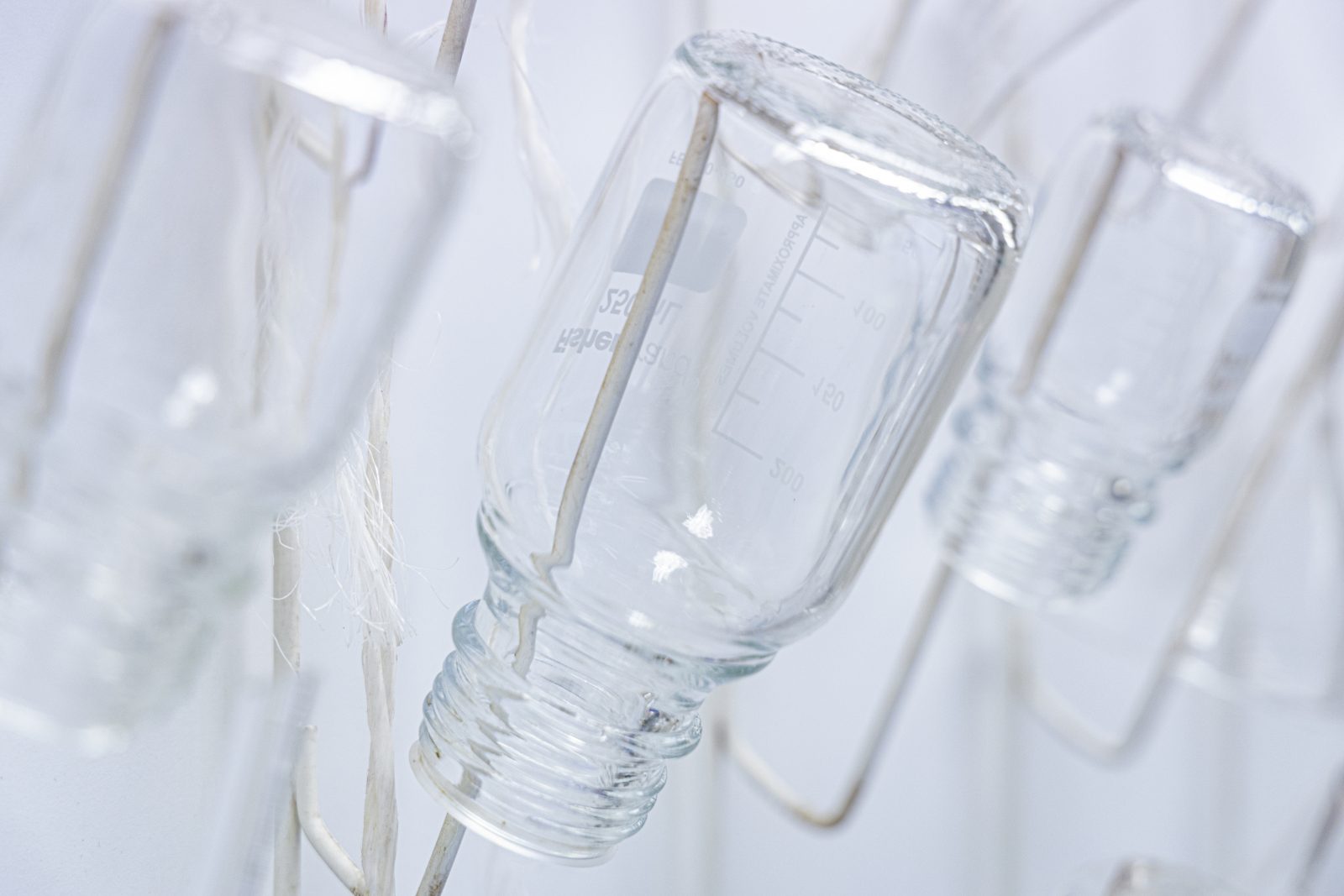Fermentation of xylose is a step in the conversion of biomass to ethanol, now the time-consuming process has gained momentum with the help of a project in collaboration with Chalmers University of Technology.
Sekab has a long tradition of collaborating with universities and welcoming students and researchers. For Mathilda Johansson, Master of Science in Biotechnology from Chalmers University of Technology, there were several reasons to apply to Sekab.
– I wanted to write my master thesis and in the future work in an area that directly contributes to the global green transition. I was specifically attracted to Sekab’s broad project portfolio and large investments in research and development. I was also curious about the High Coast area of Sweden, the forest industry and the long history of ethanol production in this region.
Mathilda’s thesis “Impact of ethanol on xylose fermentation and productivity in continuous ethanol production” finds out why fermentation of xylose in ethanol production is so slow and how to speed up the process. With the help of experiments and modeling, Mathilda has gained important insights in terms of shortening the total fermentation time and increasing the stability of the process.
Adnan Cavka has been Mathilda’s supervisor during this time
– The work Mathilda carried out was very important to confirm results on which certain patents are based. We had seen the technical effect but could not explain why it occurred. With the insight that comes from her work, we now have a better understanding when it is time to apply the technology we have developed.
Sekab can now add this new knowledge to the existing CoryFee technology, which is a project to improving fermentation in various ways.
– Sekab has had a strong patent portfolio around fermentation for a few years now and it is constantly evolving towards new functions and processes. Based on the work that has been done, we have knowledge that indicates that Sekab has taken the right path when it comes to the protected technology and should further strengthen it against the same applications, says Adnan Cavka.
Mikael Fränckel, CEO of Sekab also sees new opportunities with the working method applied by Mathilda.
– We see a chance to take a step into the future when it comes to modeling and simulation as a way of working, it has a great potential that we will take further into the future of Sekab.
Now the work continues and as of January, Mathilda is employed as a development engineer at Sekab
– Even though my dissertation focused on a specific detail, during the autumn I also gained good insight into parts of the process outside the scope of my dissertation. It therefore feels incredibly exciting to continue working at Sekab and to take on more challenges and opportunities. Above all, I look forward to continue working with my new colleagues and to take part in the close collaboration within High Coast Innovation Park.


